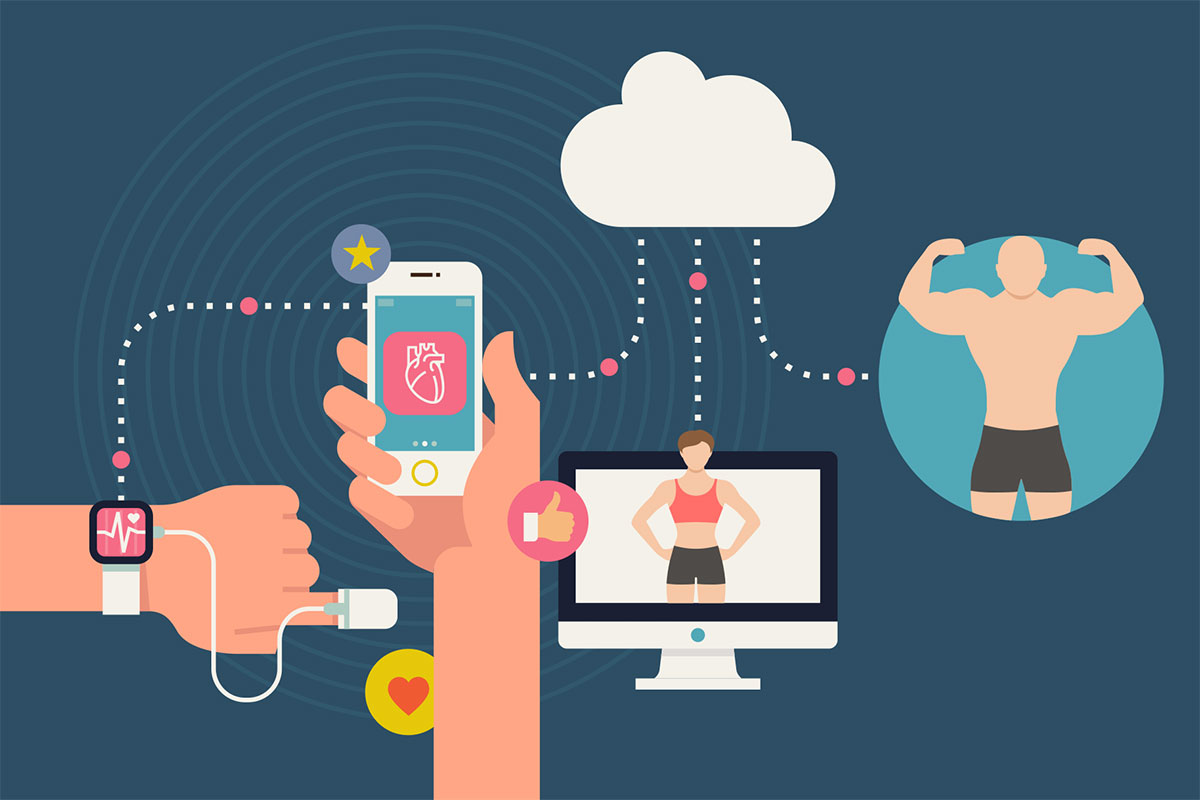Tech and Mental Wellness: Navigating the Digital Age with Balance
Introduction
In an age ruled by technology, our lives have become increasingly glued to screens, gadgets, and digital platforms. Though it has brought about numerous advancements and comforts, we must also be concerned about its constant presence and how it affects mental health. This article will delve into the intricate relationship between technology and mental health by examining both its positive aspects as well as its difficulties during this digital era.
The Digital Landscape: Opportunities and Challenges
Technology has transformed how we live, work, and communicate. Technological innovations such as smartphones, social media, virtual reality (VR), augmented reality (AR), artificial intelligence (AI) amongst others have become part of our daily lives offering unprecedented access to information, entertainment, and connection.
On one hand, there is a democratization of mental health resources as well as support networks through technology which makes seeking help easier for individuals who may share similar experiences. In underserved communities where conventional mental health is less available online therapy platforms exist; these are some examples of great tools that provide assistance in dealing with stress or anxiety or depression among other mental illnesses.
Another vital advantage is that technology has enabled people, especially those in underserved communities, with limited access to conventional services, to actively manage their mental health. A wide array of wearable gadgets and apps enables users to monitor their stress levels, sleep patterns, or preach mindfulness. These approaches enable users to track various mental health indicators and use the resultant data to develop strive for better habits.
Nevertheless, there are various problems in technology that can affect the mind. The barrage of notifications, emails and updates from social media may also lead to information overload and the feeling of being overwhelmed, thus contributing to anxiety, distraction and burnout.
Additionally, social media is an outlet that presents life as we would like it to be seen usually involving pictures that are unrealistic in nature. This often breeds comparison, insecurity and feelings of inadequacy which is commonly known as “social media envy.” In fact, this pressure to portray perfection online can worsen existing mental health issues while undermining self-confidence significantly among young people at risk such as teenagers.
Finding Balance: Cultivating a Healthy Relationship with Technology
Given these difficulties however, striking a balance between us and technology is critical for a sound state of mind as the digital era advances. It has nothing to do with discrediting or avoiding technology completely but rather adopting purposeful use habits which serve the interests of mental health before anything else.
One approach to cultivate a healthy relationship with technology is through the practice of digital detoxes and boundaries. Some ways of doing this could include limiting screen time, having tech-free places or hours and occasionally staying off your devices so that mental health is not affected negatively due to technology and greater presence in the offline world.
Also, other than just being aware of how we make use of it, practicing digital mindfulness means understanding its influence on our thoughts, emotions and actions. Working with certain mindfulness practices such as deep breathing, meditation or grounding can help people remain centered within the constant distractions and requirements imposed by the digital realm.
Moreover, creating meaningful connections or relationships offline helps to complement digital interactions facilitated by technological advancements. Quality time spent with family members/friends, participation in activities/hobbies that bring you pleasure and spending time in nature can replenish one’s soul and enhance their mental well-being in a way no technology alone would ever do.
Harnessing Technology for mental Wellness
Despite introducing threats to mental wellness, however, technology also presents opportunities for positive mental health outcomes. By harnessing the power of technology and ethics, we can use its potential to improve mental health and support people on their journeys to empowerment and success.
Digital therapeutics and telehealth are among the areas that technology has greatly improved mental health. These include virtual therapy sessions, online mental health apps, and support groups which are all cheaper, convenient and easily accessible, unlike the traditional in-person therapy especially for those who cannot access one due to reasons such as location or busy schedules.
Again artificial intelligence and machine learning algorithms seem poised to transform the field of mental healthcare by improving diagnostics, personalized treatment planning, and early intervention. Technological advancements like chatbots that provide real-time emotional support to predictive analytics identifying individuals at risk for a mental health crisis have the potential to rewrite our understanding and response toward global mental health challenges.
Furthermore, emerging technologies like Virtual Reality (VR) and Augmented Reality (AR) have been touted as new ways of managing disorders such as Post-traumatic Stress Disorders (PTSD), phobias, anxiety etc. By creating immersive experiences that mimic real life scenarios , VR therapy offers an opportunity where people can safely confront their fears, trauma memories and negative thoughts in a controlled environment.
Conclusion: mindful and purposeful navigation in the digital age is essential.
Finally, it should be remembered that the connection between technology and mental wellness is rather multilateral and intricate, featuring both potentials and issues. Although technology can foster independence in people, improve accessibility to mental health services, and yield better results; however, it is also said to impede or inhibit the optimal functioning of an individual’s mind and emotions when not used judiciously.
In order to deal with the unknown in the ever-developing technological era, we must use technology with consciousness and have an attitude of purpose and meaning. By acquiring healthy control over the involvement of technology in our lives, setting limits, and recognizing self-help needs, we can use it effectively to improve our mental health and maintain well-balanced living conditions under heavy digital influence. Ultimately, by creating a balance between virtual reality and the real world, we can appreciate the advantages technology offers us but also prioritize our mental wellbeing, which will be for prosperity.































